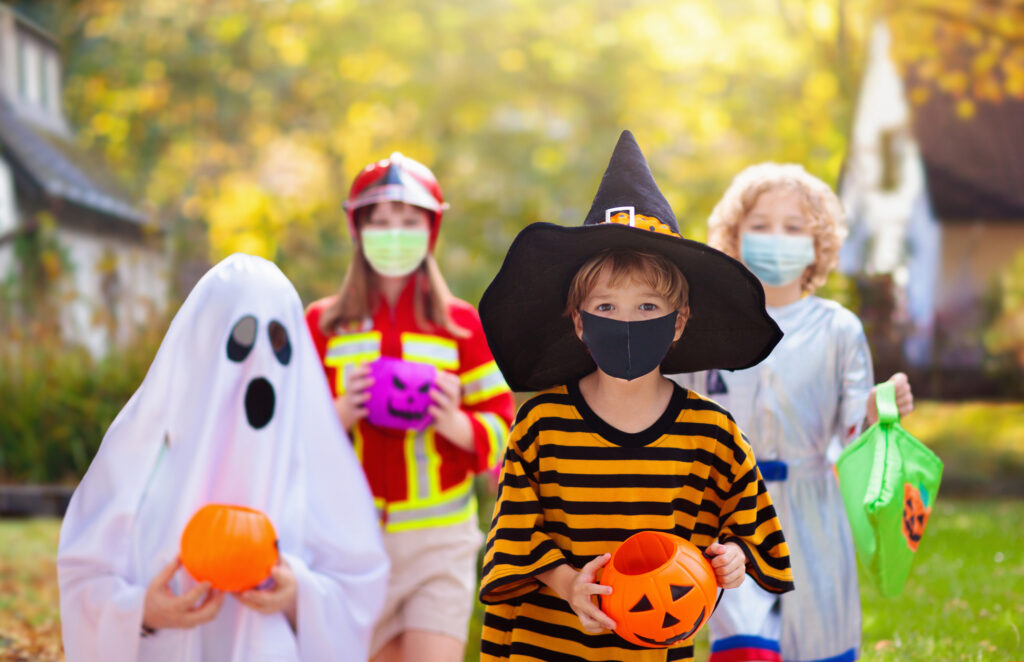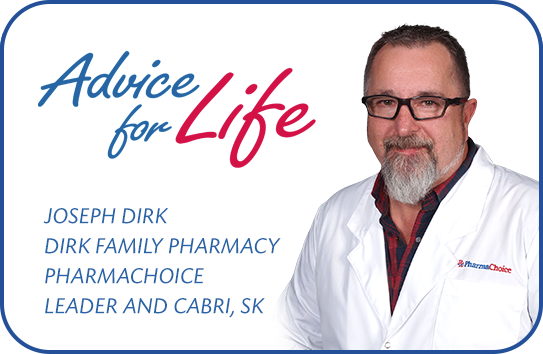Social distancing and masks may change the Halloween experience, but treats still play the main stage. Start your plans for a fun and safe Halloween by taking quiet time to discuss your child’s allergy and what to expect, before they see those tempting treats. Use a “careful, not fearful” approach several days before, just as you would plan on a costume.
Here Are 5 Tips To Help You Plan
- Take the “careful, not fearful” approach and ensure your child is prepared
- Review your child’s emergency plan and what to do in case of a reaction
- Ensure that your child’s auto-injectors are up-to-date and effective
- Ensure your child is carrying their auto-injector or other allergy medication
- Remind your child to not eat candy until it is sorted with an adult
You may want to find out what is happening at school for Halloween and be prepared for children possibly exchanging treats.
Halloween fun doesn’t have to end when your child gets home. You can make it fun to await the sorting of candy at home. Ideas include exchanging the treats for a prize until they can be sorted, making it part of the Halloween event. Providing an even more desired treat when an “allergy” one is found. Discuss donating candy that cannot be eaten to the food bank, or a senior’s home.
For treat and party providers, knowing that peanut allergy is only one of many food allergies is important. Treats that are packaged with ingredient labels will ensure that parents can easily assess their safety. Try giving non-food treats such as stickers, pencils, or craft kits which are great alternatives that are inexpensive, fun, and unique.
To ensure a safe treating experience, enlist your child in discussing:
- How to incorporate a mask into their costume choice
- Distancing at doors and waiting in line
- Using normal voice for “trick or treat” or “thanks”
For additional ideas, talk to your pharmacist for food allergy tips and recommendations.




